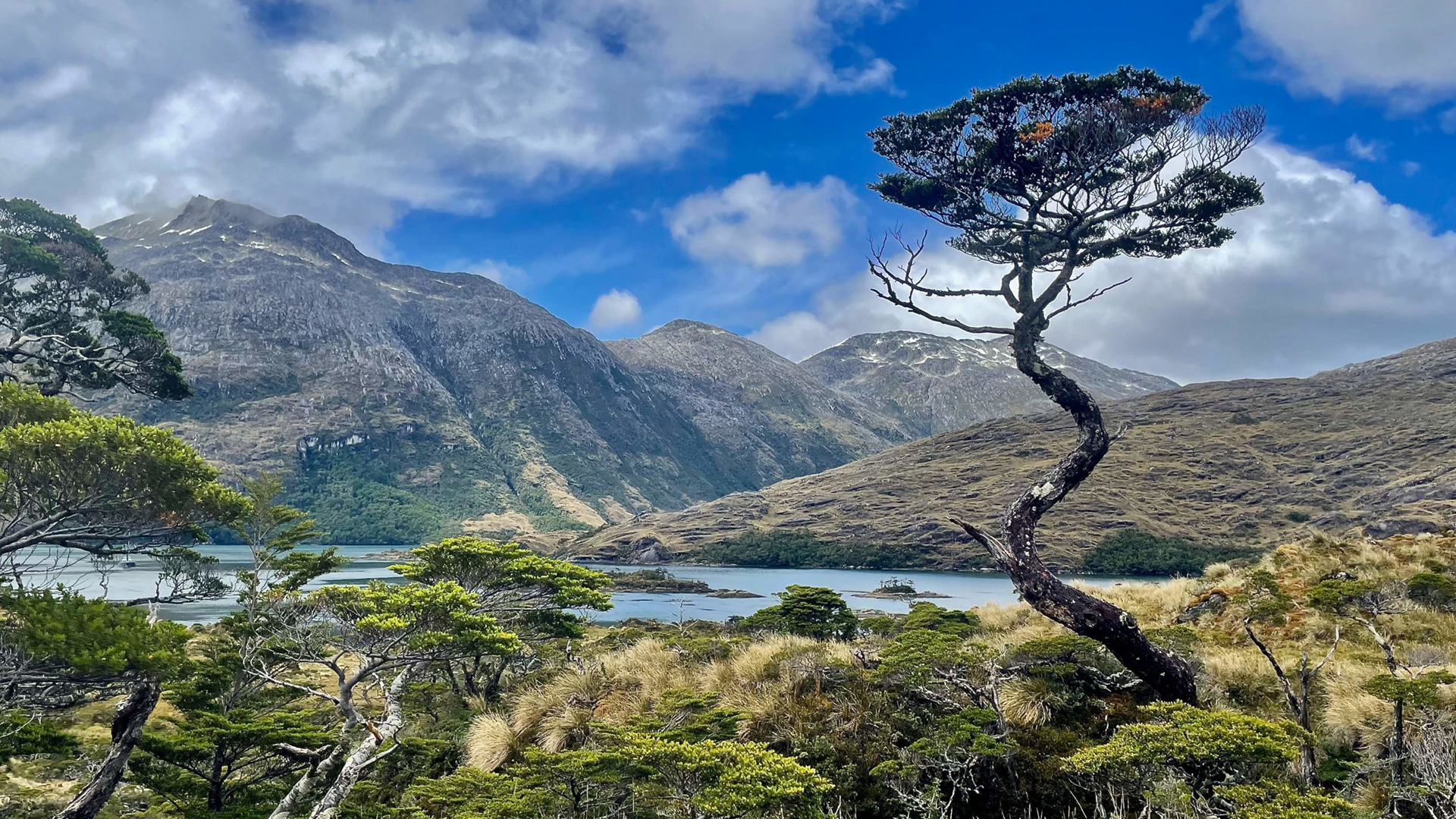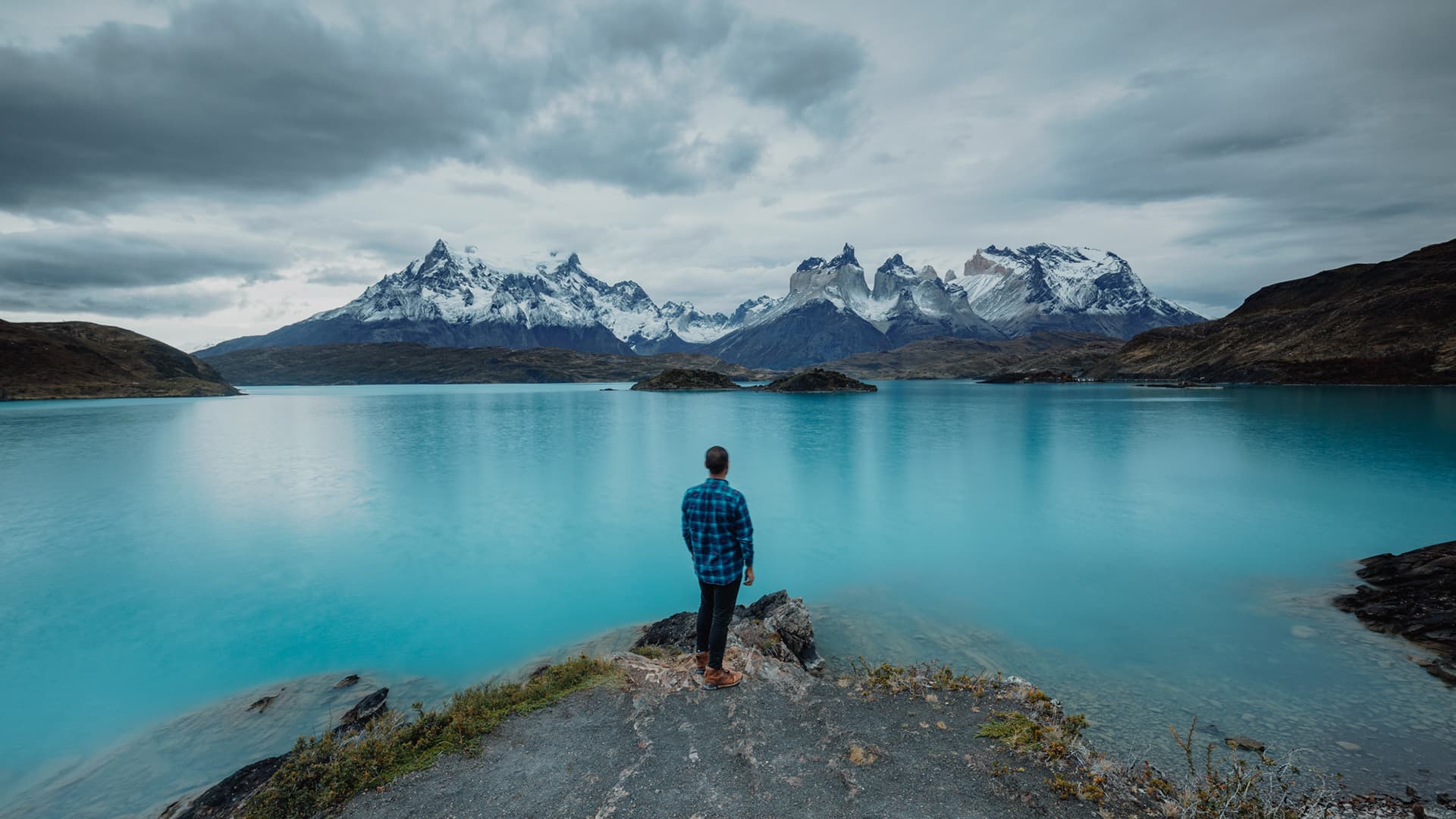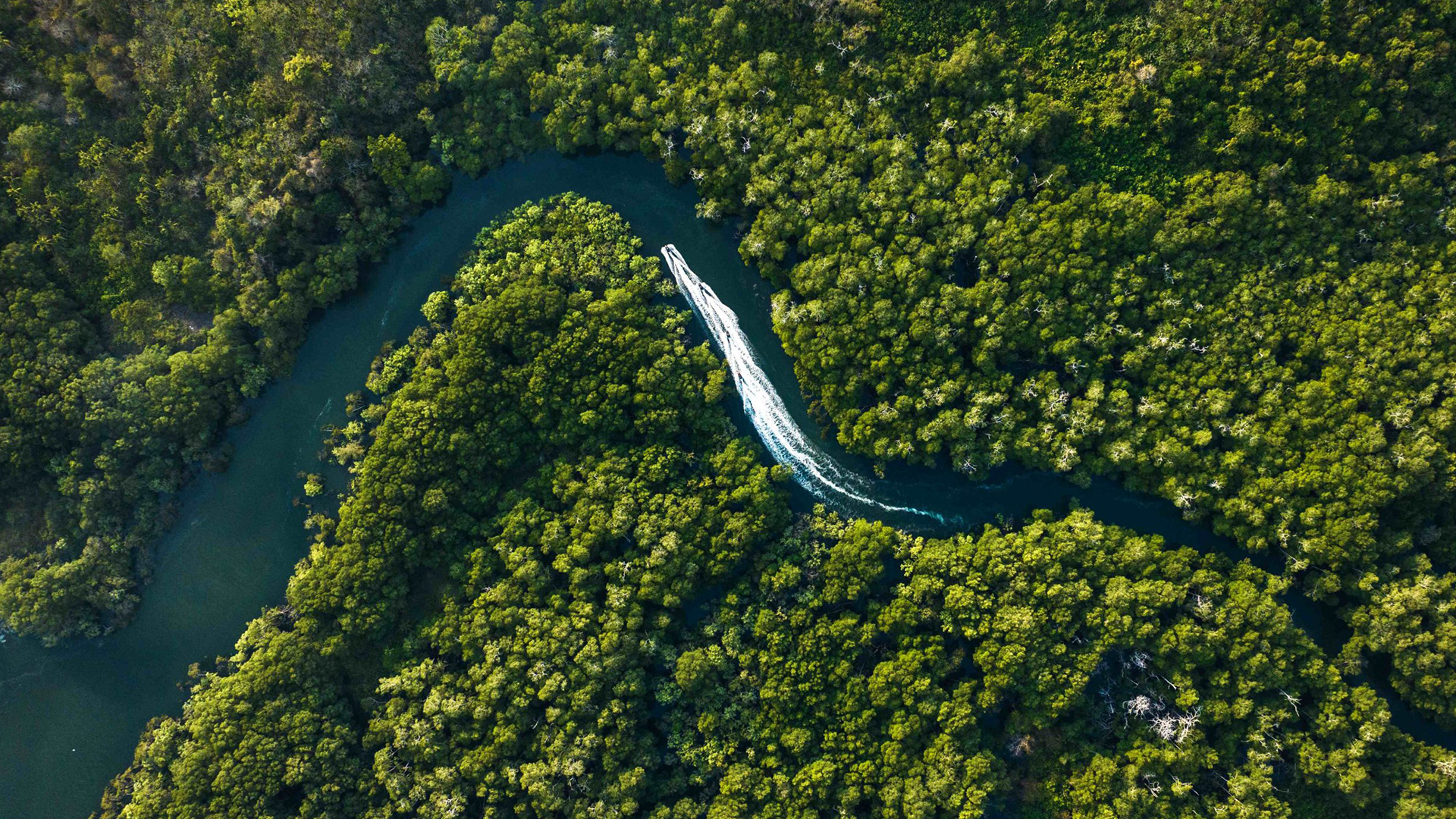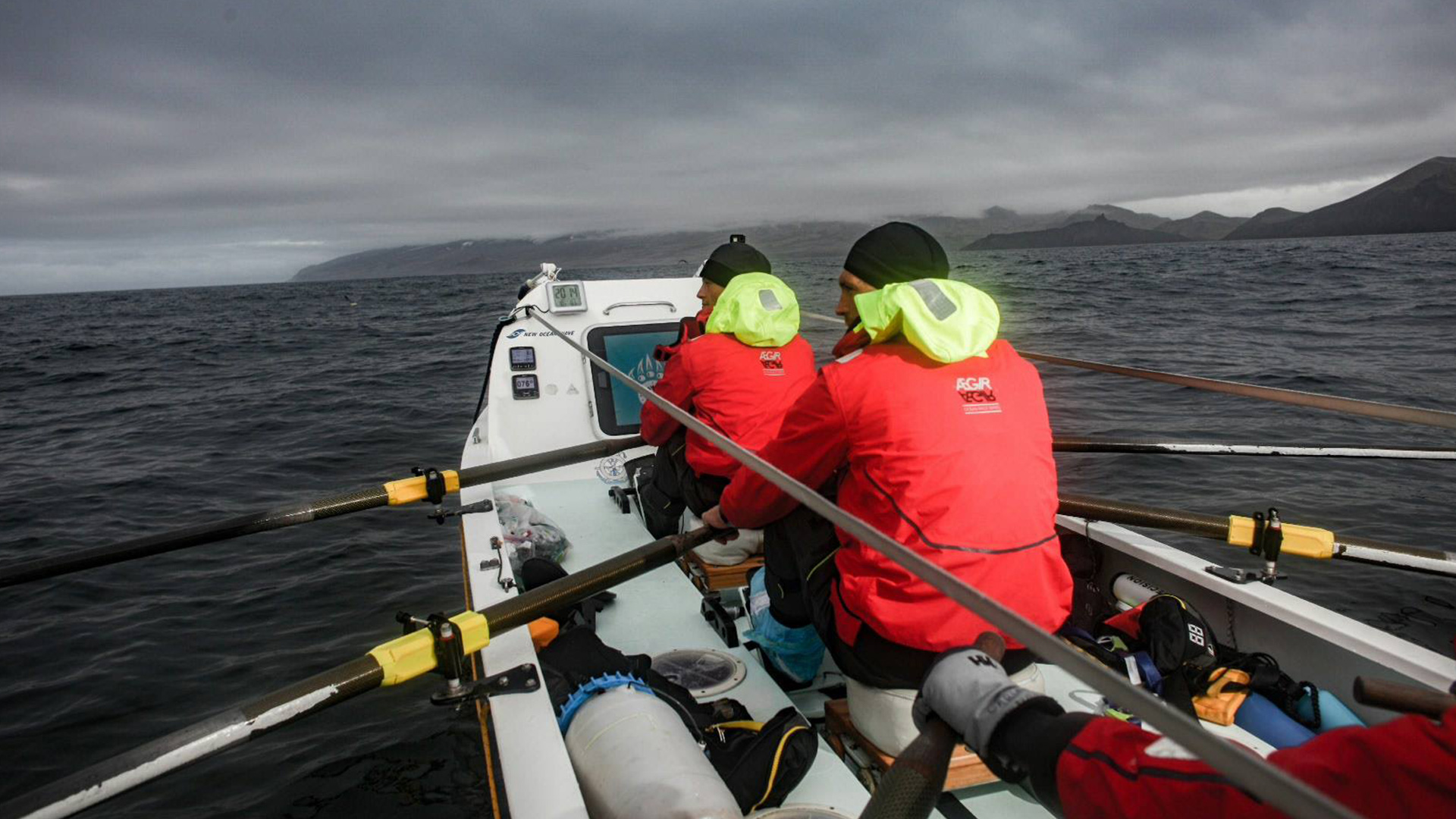Within such an overwhelmingly large (and beautiful) area, it can be difficult to decide what to see. Join us as we journey to some of our favorite places that Patagonia has to offer.
Patagonia has long captured the dreams of adventure travelers due in part to its sheer magnitude and exquisite emptiness. It’s a region where the peaks of the Andes Mountains tower above the horizon and separate distinct ecosystems: a labyrinthine archipelago of glacial fjords to the west and arid deserts, tablelands, and steppes to the east. And the scale of these untouched landscapes is nothing but epic. Together, they cover 400,000 square miles, exist in not one but two countries, and contain six diverse regions spread out across the continent. Few places in the world remain as pristine, untravelled, and sought after for those seeing the ultimate getaway. Fitting then that some refer to it as el Fin del Mundo: the end of the world.
Torres del Paine National Park
The centerpiece of Chilean Patagonia, Torres del Paine National Park is a must-see destination for those seeking an escape into the wild. The park’s rugged terrain is dominated by the towering granite spires of the Paine Massif, likely the most recognized landscape found in the entire region. Some of the world’s finest hiking gives you access to glacial lakes and streams beneath the compelling geology of the Cornos, or Horns. It is also a UNESCO Biosphere Reserve and home to everything from herds of graceful guanacos to elusive pumas and soaring condors.
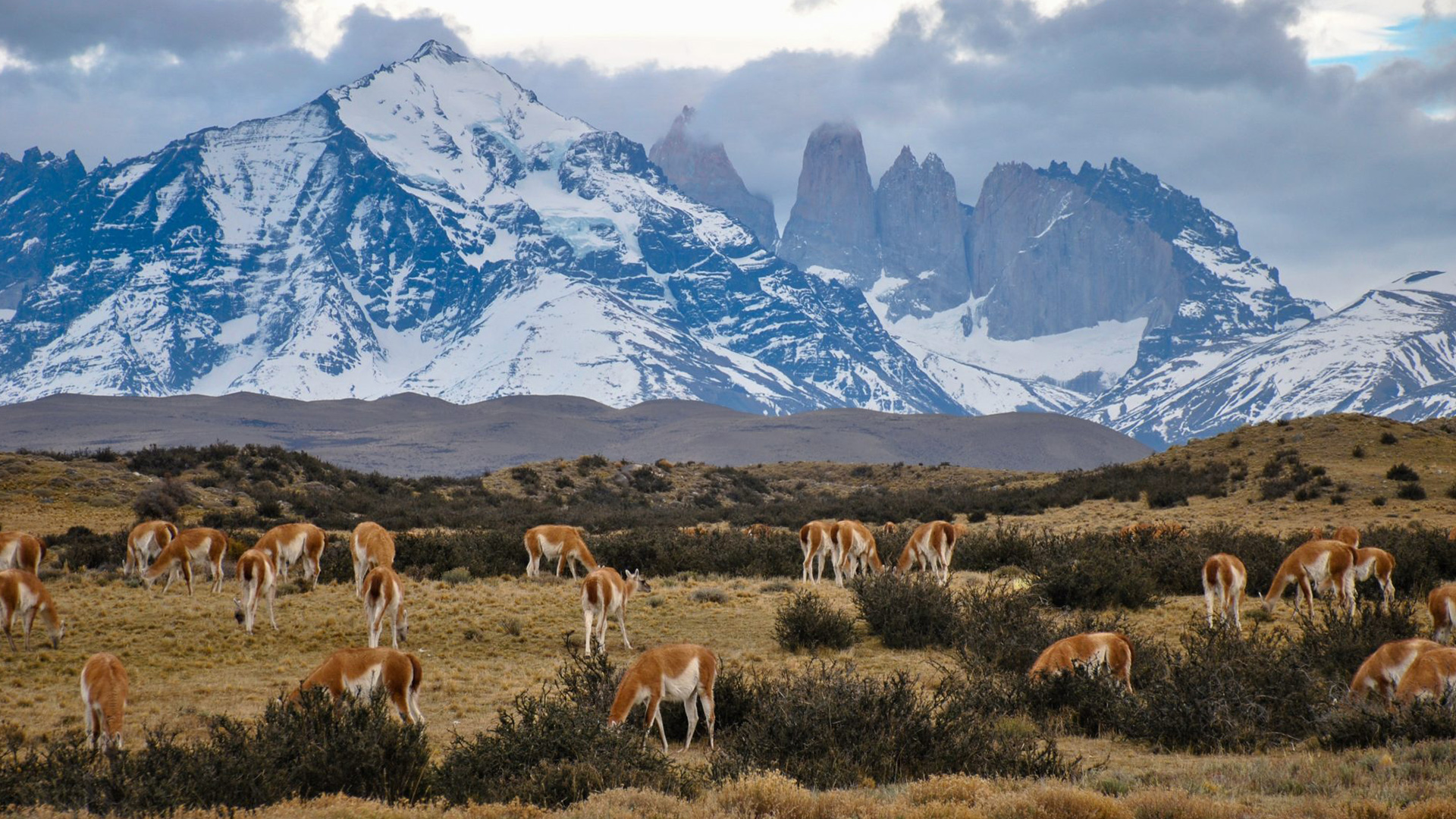
The Chilean Fjord System
While Argentinian Patagonia consists mostly of empty spaces and ranching country, Chilean Patagonia is a collage of islands, inlets, and labyrinthine channels. From the Beagle Channel to the Magdalena Canal, the innumerable waterways offer entries into the vast fjord systems that have been carved out over millennia by the region’s glaciers. As the ice from the mountains above flowed toward the sea, they carved the bedrock and created steep valleys that were eventually flooded by the rising ocean. The result is a landscape of crystal-clear waterways and sheer granite cliffs that offer countless hours of stunning sailing.
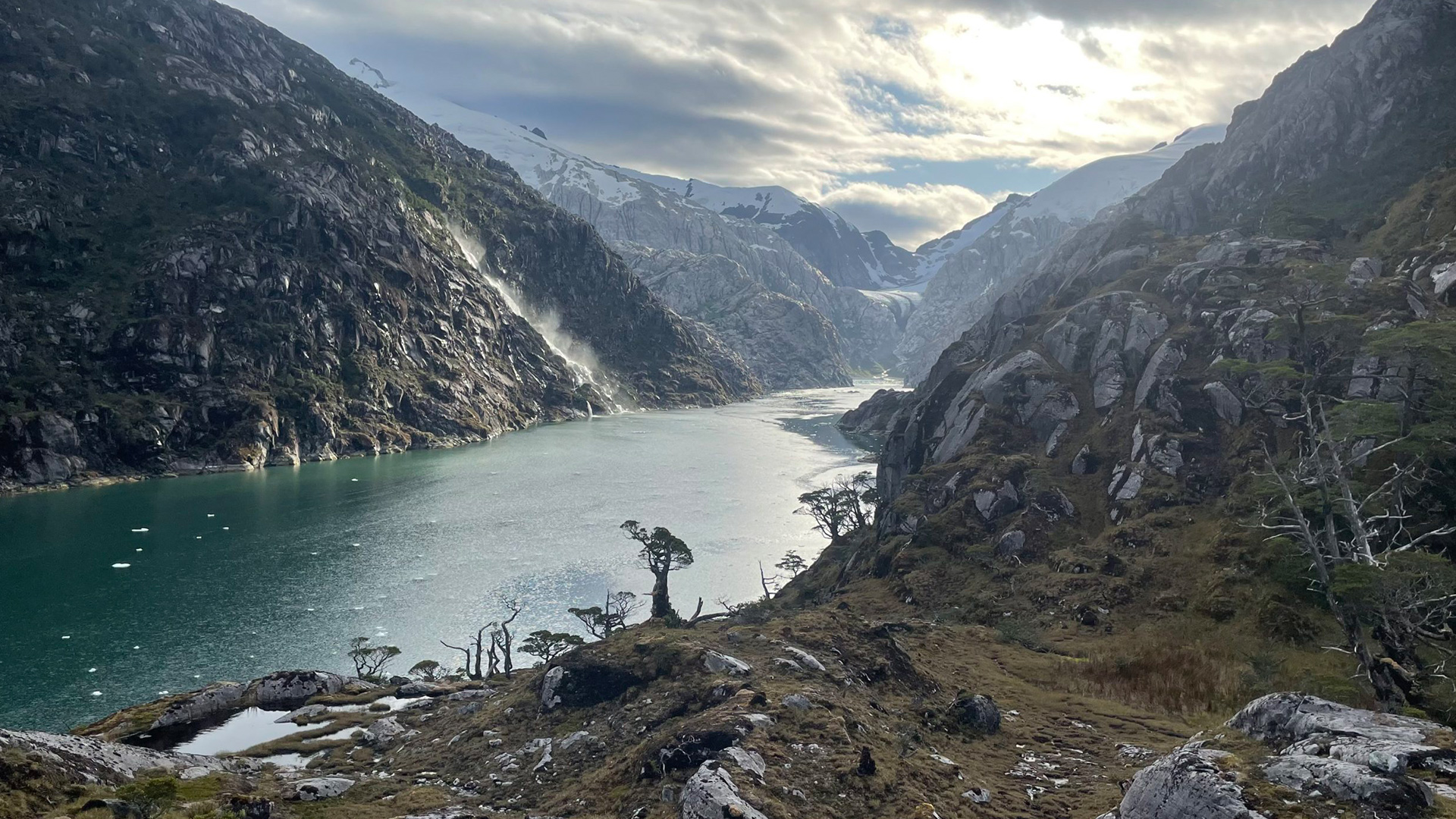
Cabo de Hornos
Discovered by Willem Schouten in 1616 and named for his hometown in Holland, Cape Horn is the southernmost tip of South America. It holds a revered, legendary place in sailing history: regularly pummeled by storm-force winds, it is said to have claimed over 500 vessels and countless lives. When conditions allow, it is possible to ‘round the Horn’ and even visit the tiny naval station, museum, and lighthouse.
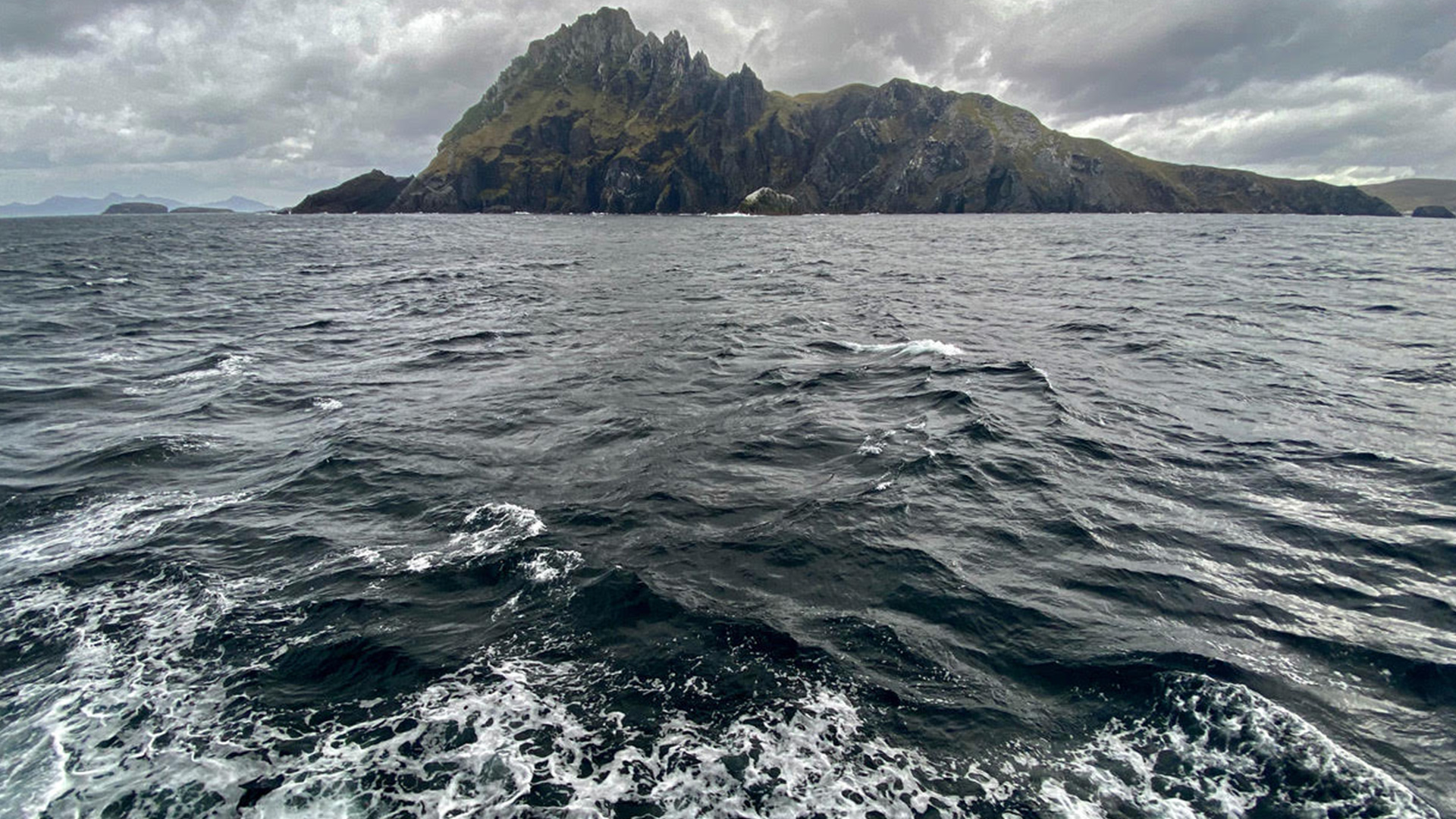
Puerto Natales
Puerto Natales, a picturesque port town situated on the southern coast of Chile, is a charming destination that offers a unique blend of history and culture to complement Patagonia’s natural beauty. The town’s main attraction is the colorfully charming waterfront, which boasts sweeping views of the fjords and the majestic behind the town’s historic center, where colorful buildings and quaint shops line the streets. For those interested in the region’s history and culture, the Museo Historico Municipal offers a fascinating glimpse into the area’s indigenous past and the arrival of European settlers.
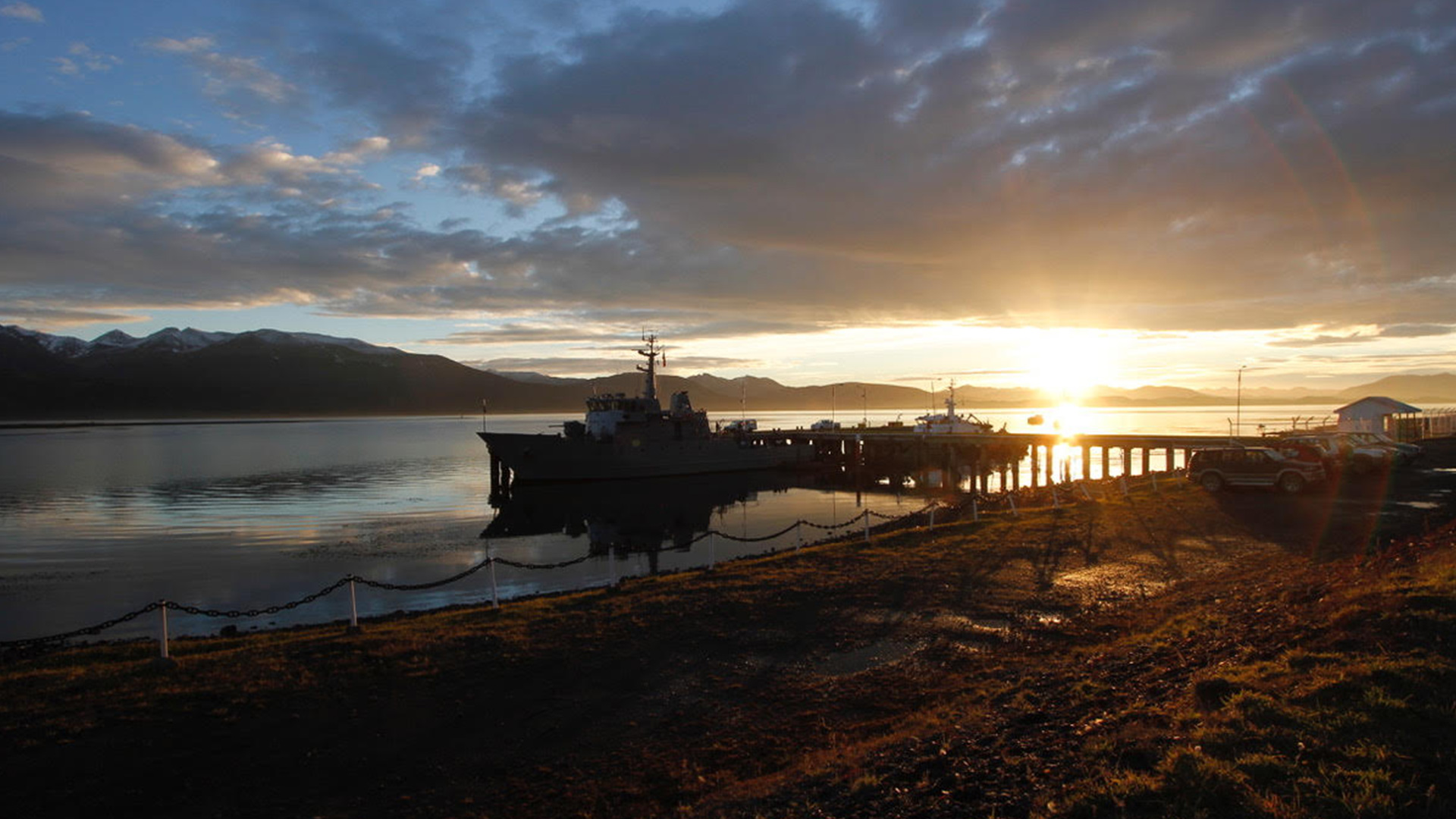
Los Glaciares National Park
This park is a sweeping area that protects the southern ice field, dozens of glaciers, and virgin forests of lenga, ñire, and guindo trees. The star attractions are the towering Fitz Roy massif, a recognizable emblem of the region, and the huge, turquoise-colored Lago Argentino to the south. Many travelers come here to see the lake’s glacier, Perito Moreno; it’s world-famous because the ice expands until the warmer waters beneath undermine it and cause a thunderous implosion, sending tsunami-like waves onto the terminal moraines.
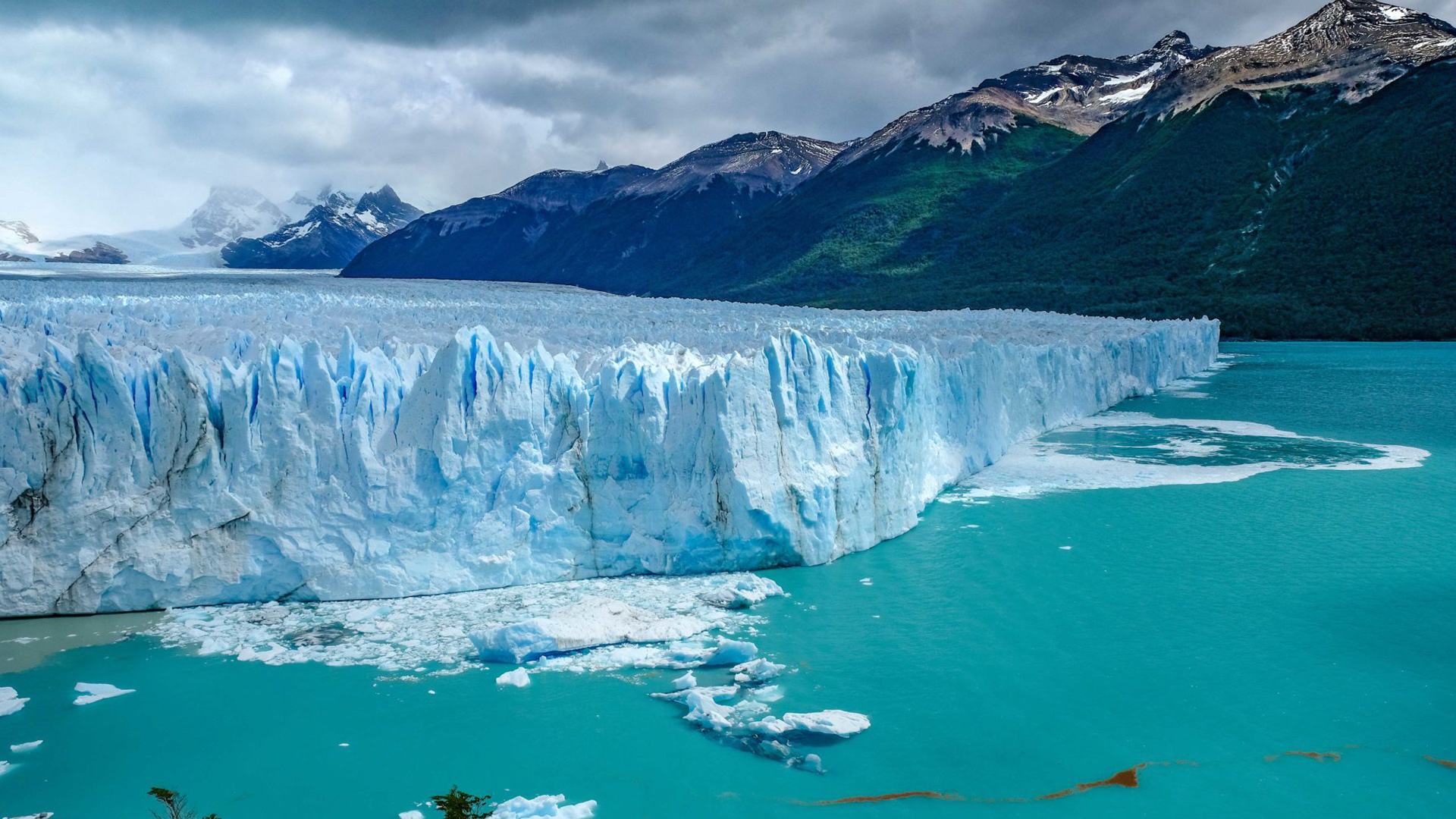
To venture to the end of the world, contact EYOS at [email protected] to inquire about charters and start your journey.
